
PREAMBLE
Welcome to my series Treasures from the Vinyl Vault. In it, I will feature select gems from my approximately 12,000 ever-growing vinyl collection, accumulated over a 45-year period and counting*. This will not be your typical “Greatest Of All Time” list, but more of a guided tour, occasionally accompanied by an anecdote or two, of the singles and albums in my collection that are most precious to me, both for their historical value and the impact they’ve had on my musical journey. In order to cover the greatest number of them, I will not go into much detail about the record’s history or its sound quality—for those aspects I invite you to visit my Top 500 SuperSonic List at https://soundevaluations.blogspot.ca/.
Records will be presented in chronological order based either on their recording date or original release date, and not reissue date—which means, for example, that Miles Davis’ iconic Kind of Blue album will be featured only once, in 1959, despite its many remasterings and repressings over the years. Also, all pressings are US ones unless specified otherwise. If ‘mono’ is not indicated, then consider it stereo or that the stereo version of it is my de facto choice of the two. Let’s continue, shall we?
11- Buck Clayton featuring Woody Herman – How Hi the Fi.
Columbia – CL 567 (mono) (1954), Pure Pleasure Records PPAN CL 567 (UK) (2007), (2×33 1/3 rpm). Genre: Kansas City jazz, swing, big band, bluesy ballads.
I already had two of trumpetist Buck Clayton’s Jam Session LPs on Columbia, which are good, but this Pure Pleasure Records remastering of How High the Fi—now on two LPs instead of one—is my favorite for music and sound. Each side sports only one roughly 14-minute track ranging from hot, swinging Kansas City jazz jams, such as the title-track and “Moten Swing”, to slower, sultry bluesy ballad standards, such as “Blue Moon” and “Sentimental Journey”. Count Basie hired the trumpet player in 1937 until he was drafted in 1943, and Basie’s influence is quite evident. The album, pressed by Pallas in Germany, was recorded in December, 1953, and March, 1954, in NYC, and has a crisp, dynamic, and well-balanced mono sound that’s excellent.
12- Richard Strauss, Fritz Reiner, Chicago Symphony Orchestra – Also sprach Zarathustra.
RCA Victor Red Seal – ESC-1 (1954, Sept.) Reel-To-Reel, 7.5 ips, 1/4″ 2-Track, 7″ Cine Reel, LSC-1806 Living Stereo series (1960), 33 1/3 rpm, Classic Records – LSC-1806 (1994), 33 1/3 rpm, 180g, LSC-1806 (200?), (4×45 rpm single side), 200g. Genre: classical, post romantic, modern.
Thanks in large part to Kubrick’s 1968 landmark epic film, 2001: A Space Odyssey, Strauss’ Zarathustra was one of the first classical pieces I discovered along with Johann Strauss II’s “The Blue Danube”, which is also featured prominently in some of 2001’s space sequences. Actually, Beethoven’s 5th Symphony was probably the first classical piece I heard but I’ll get to that later. By sheer coincidence, a few days after I’d seen 2001, I entered a small hifi store, where, without any prompting from me, the vendor played the same demo-worthy Zarathustra excerpt from the movie on a reel-to-reel tape deck, switching speakers in real time with a switchbox control. I know, the latter practice is a purist “no-no” now, but was popular in the day. In the film, Kubrick uses only the famous majestic intro but I soon got hold of the complete score from a 1969 Zubin Metha interpretation on London ffrr for a couple of dollars, which opened my ears to the entire tone poem. This 1954 Reiner version on RCA Victor, engineered by Leslie Chase, is one of the earliest stereo recordings ever done, and part of the first “batch” of Classic Records’ reissues that came out in 1994, of which I bought that title and other similar ones early on for about 45 dollars each. Later, I ordered directly from Classic the four single-side 45 rpm edition. Both versions sound excellent, quite dynamic and transparent. The only drawback from the latter version are the fade-out and fade-in interruptions in the score that break the ambiance.
13- Offenbach, Boston Pops, Arthur Fiedler – Gaîté Parisienne.
RCA Victor Red Seal – ESC-15 (1956) Reel-To-Reel, 7.5 ips, 1/4″ 2-Track, 7″ Cine Reel, RCA Victor Red Seal – LSC-1817 (1958), Classic Records – LSC-1817, Living Stereo series, QUIEX SV-P 45 (2002?), (4 single-sided x 45 rpm), 200g. Genre: classical, orchestral.
Recorded in stereo only three months after the preceding Zarathustra, Fiedler’s interpretation of the Gaîté Parisienne ballet is one of the most dynamic orchestral compositions found on record. Based on German-born French composer Jacques Offenbach’s music from the 19th century, this is a suite of fun, peppy short classical movements arranged and orchestrated in 1938 by French conductor-composer Manuel Rosenthal and Offenbach’s nephew. Bernie Grundman’s remastering-cutting for Classic Records is a true sound stunner both on the regular 33 1/3 rpm and the four single-side 45 rpm edition.
14- Ravel, Boston Symphony Orchestra, Charles Munch – New England Conservatory Chorus – Daphnis et Chloé.
RCA Victor Red Seal – LM-1893 (mono) (1955), LSC-1893 (1960), Classic Records – LSC-1893, Living Stereo series, (1995), 33 1/3 rpm. Genre: classical, impressionism.
Recorded in stereo in January 1955—seven months after the Offenbach title—this release was available initially only in mono, before it was released in stereo five years later. Best known for his Boléro, the French composer premiered this ballet, commissioned by Russian ballet critic and founder of the Ballets Russes, Sergei Diaghilev, in 1912. Like many, I consider it Ravel’s mystical masterpiece. The orchestration is rich in timbres, textures, and dynamic shadings—a pure delight for the ears and senses. Engineer Lewis Layton did an incredible job of balancing everything, including the celestial-sounding chorus. Grundman pulled it off again in his remastering of this Classic Records reissue.
15- Tchaikovsky, Boston Symphony Orchestra, Pierre Monteux – Symphonie No.6. Pathétique.
RCA Victor – GSC-15 (1956, Apr.) Reel-To-Reel, 7.5 ips, 1/4″ 2-Track, 7″ Cine Reel, RCA Victor Red Seal – LSC-1901 (1958), Classic Records – LSC-1901, Living Stereo series, (1995), 33 1/3 rpm. Genre: classical, classicism, romantic.
This is another early stereo recording, recorded just two days after the preceding Ravel. Like the first two RCA selections, this one was initially released on pre-recorded tape, before being released two years later as a stereo LP during the advent of that format. Tchaikovsky’s famous, final completed symphony, the “Pathétique”—or originally titled “Passionate” depending on historical accounts—is one of my earliest encounters with classical music along with both previously-mentioned Strauss works. The reason? Back in the 1970s, there was a weekly current affair TV show that used an excerpt from the third movement for its theme music. Years later, one of my aunts—who loved classical music—gave me an LP box set from RCA Living Stereo which not only featured the entire 6th symphony, but the exact same Monteux version that Classic Records reissued in 1995. To prove how our earliest musical memories stay with us throughout our lives, to this day I usually listen to only the Third movement and forgo the rest. The recording was engineered by Leslie Chase, and again, Grundman did amazing work on this reissue, endowing it with impressive dynamics and soundstage dimensions, which surpass those of my original box set LP. Interestingly, Tchaikovsky would conduct the first performance of this work just nine days before his death.
16- Bartók, Fritz Reiner, Chicago Symphony Orchestra – Concerto for Orchestra.
RCA Victor – ESC-9 (1956, Apr.) Reel-To-Reel, 7.5 ips, 1/4″ 2-Track, 7″ Cine Reel, RCA Victor Red Seal LSC-1934 Living Stereo series (1958), 33 1/3 rpm, Classic Records – LSC-1934 (1994), 33 1/3 rpm. Genre: classical, modern.
While Liszt was Hungary’s most famous classical composer of the 19th century, Bartók certainly took up the torch in the 20th. Opposing and fearing the Nazis’ close ties with his country, he fled for the United States in October, 1940. Composed as a five-movement orchestral work in 1943, the Concerto for Orchestra—closer to a symphony than a typical concerto—is one of his last and best known compositions. With hints of eastern European, Hungarian, Romanian, and Slovak folk in the mix, Bartók alternates between atonality and tonality, dissonance and consonance, throughout the entire piece, inching towards contemporary music. With its mysterious, dramatic moods evoked by massed strings punctuated by blaring brass, and tempos ramping up and down, the music reminds me of the tension-filled score that might accompany a chase scene in one of those old action-adventure movies or TV shows. Excellent job—again!—by Grundman and Classic Records. Like the previous Strauss and Ravel selections, I haven’t heard Ryan K. Smith’s remasterings for Analogue Productions, which might, perhaps, even surpass that of Grundman’s.
For more from Claude Lemaire, visit…
https://soundevaluations.blogspot.ca/
*I would be remiss not to mention that some of those 12,000 records I share with a fellow vinyl hunter, co-conspirator, and lifelong friend.
Reference List (Singles, albums, and labels):
Buck Clayton featuring Woody Herman – How Hi the Fi, Columbia – CL 567 (mono) (1954), Pure Pleasure Records PPAN CL 567 (UK) (2007), (2×33 1/3 rpm). Genre: Kansas City jazz, swing, big band, bluesy ballads
Richard Strauss, Fritz Reiner, Chicago Symphony Orchestra – Also sprach Zarathustra, RCA Victor Red Seal – ESC-1 (1954, Sept.) Reel-To-Reel, 7.5 ips, 1/4″ 2-Track, 7″ Cine Reel, LSC-1806 Living Stereo series (1960), 33 1/3 rpm, Classic Records – LSC-1806 (1994), 33 1/3 rpm, 180g, LSC-1806 (200?), (4×45 rpm single side), 200g. Genre: classical, post romantic, modern
Offenbach, Boston Pops, Arthur Fiedler – Gaîté Parisienne, RCA Victor Red Seal – ESC-15 (1956) Reel-To-Reel, 7.5 ips, 1/4″ 2-Track, 7″ Cine Reel, RCA Victor Red Seal – LSC-1817 (1958), Classic Records – LSC-1817, Living Stereo series, QUIEX SV-P 45 (2002?), (4 single-sided x 45 rpm), 200g. Genre: classical, orchestral
Ravel, Boston Symphony Orchestra, Charles Munch – New England Conservatory Chorus – Daphnis et Chloé, RCA Victor Red Seal – LM-1893 (mono) (1955), LSC-1893 (1960), Classic Records – LSC-1893, Living Stereo series, (1995), 33 1/3 rpm. Genre: classical, impressionism
Tchaikovsky, Boston Symphony Orchestra, Pierre Monteux – Symphonie No.6. Pathétique, RCA Victor – GSC-15 (1956, Apr.) Reel-To-Reel, 7.5 ips, 1/4″ 2-Track, 7″ Cine Reel, RCA Victor Red Seal – LSC-1901 (1958), Classic Records – LSC-1901, Living Stereo series, (1995), 33 1/3 rpm. Genre: classical, classicism, romantic
Bartók, Fritz Reiner, Chicago Symphony Orchestra – Concerto for Orchestra, RCA Victor – ESC-9 (1956, Apr.) Reel-To-Reel, 7.5 ips, 1/4″ 2-Track, 7″ Cine Reel, RCA Victor Red Seal LSC-1934 Living Stereo series (1958), 33 1/3 rpm, Classic Records – LSC-1934 (1994), 33 1/3 rpm. Genre: classical, modern
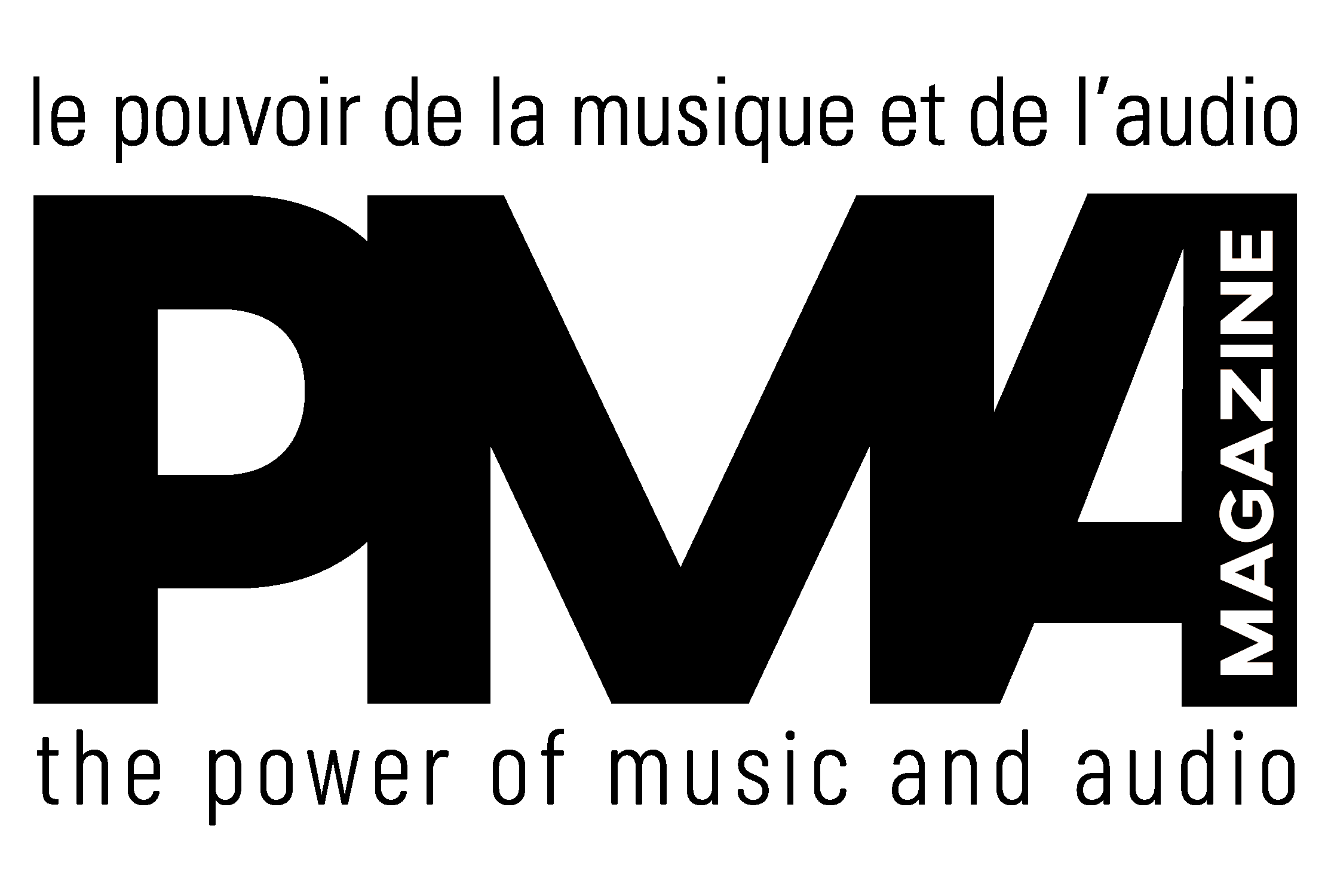


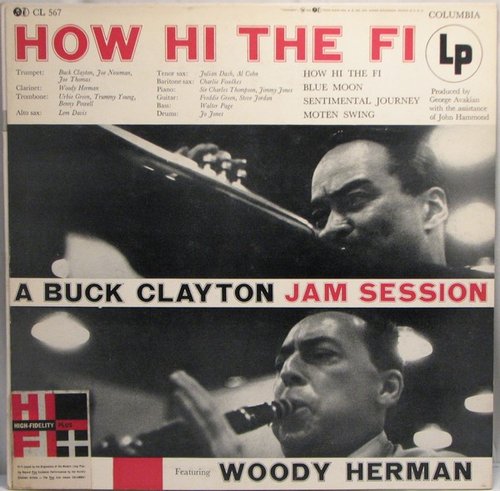
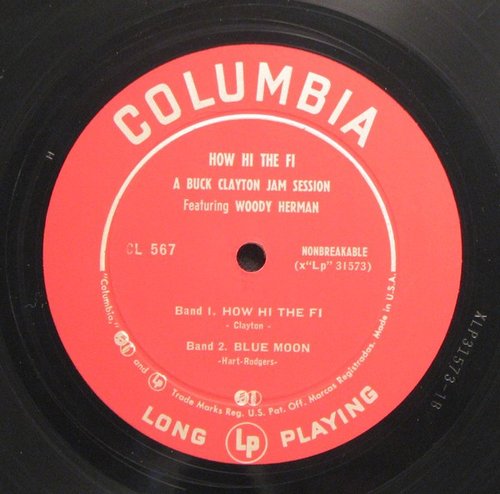
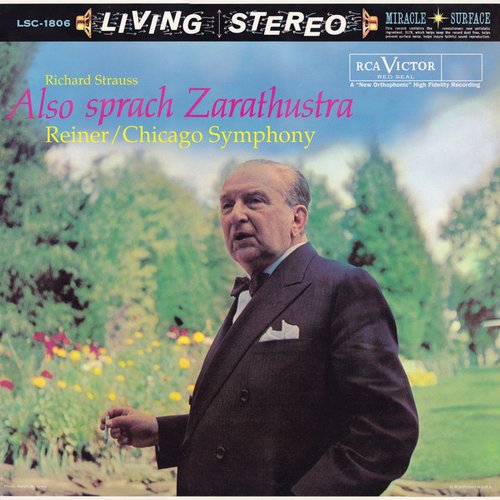
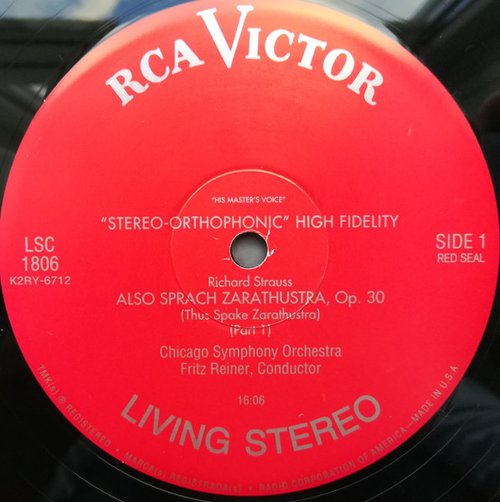
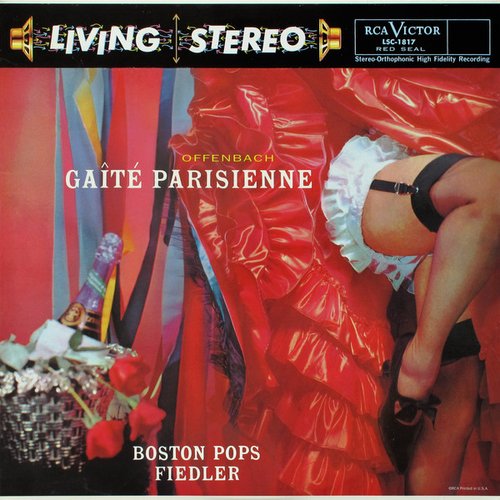

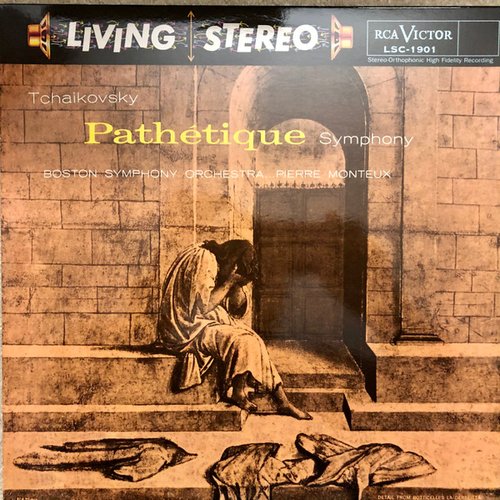














Leave a Reply